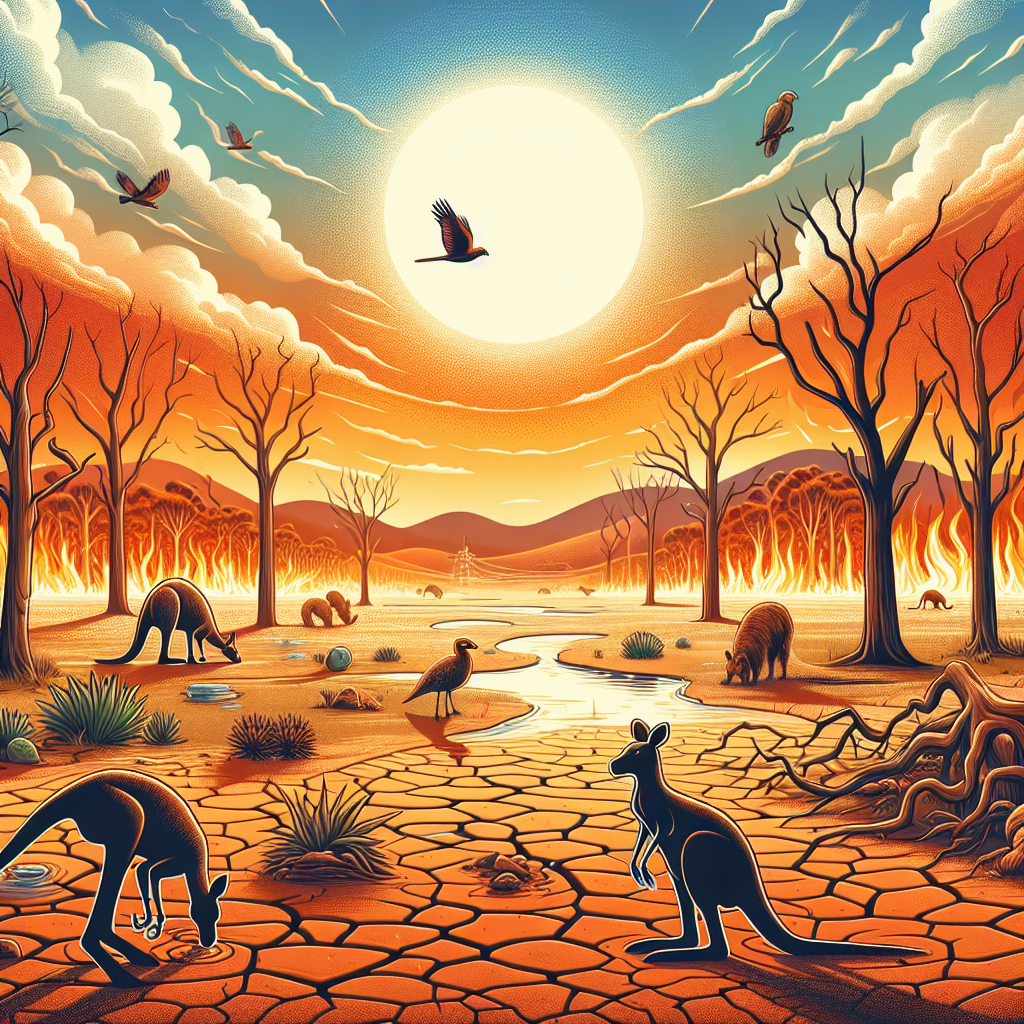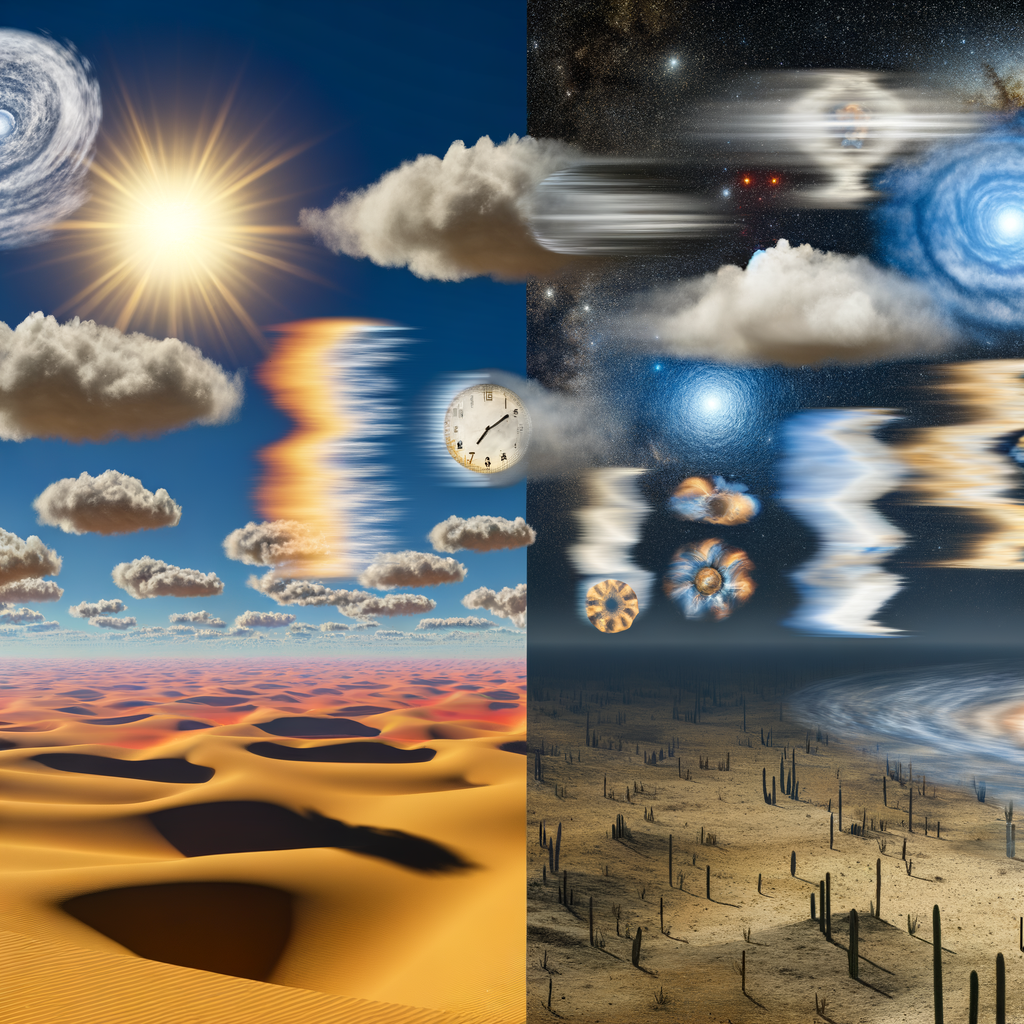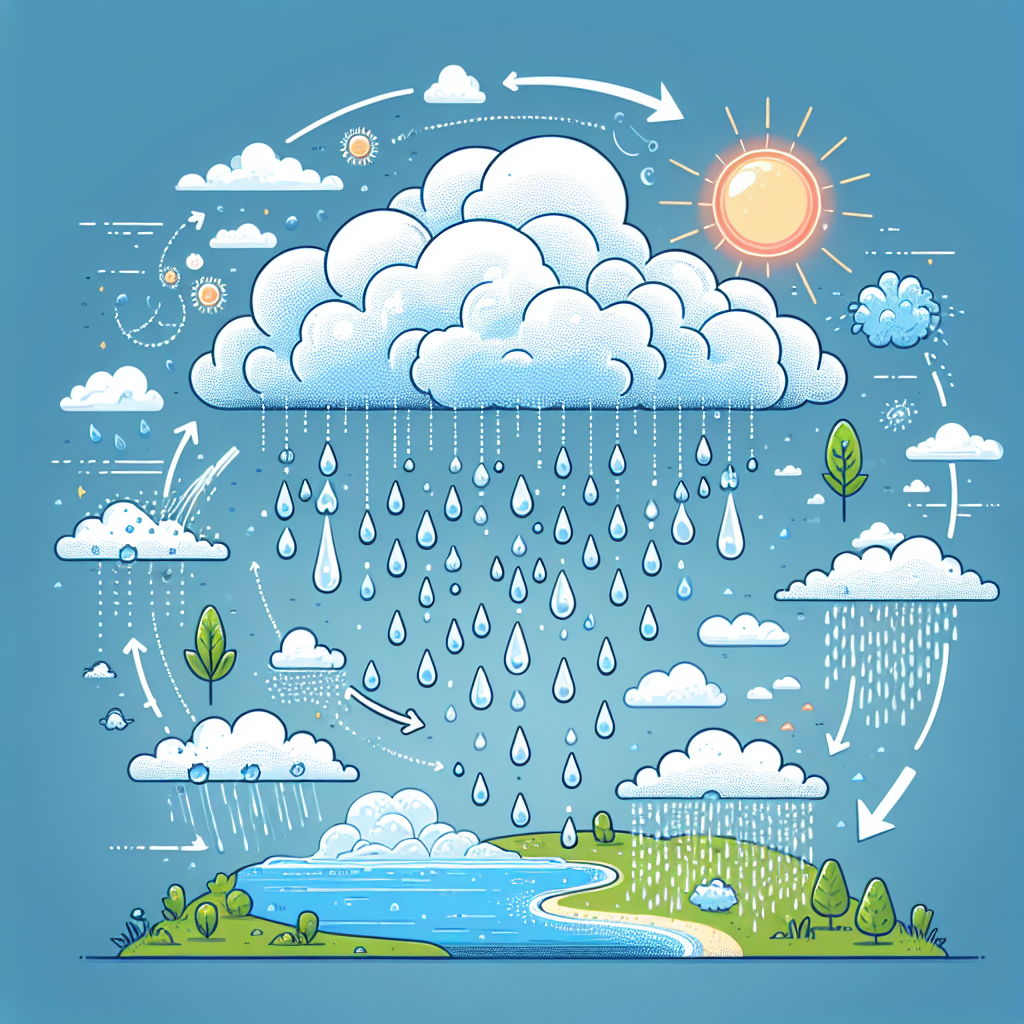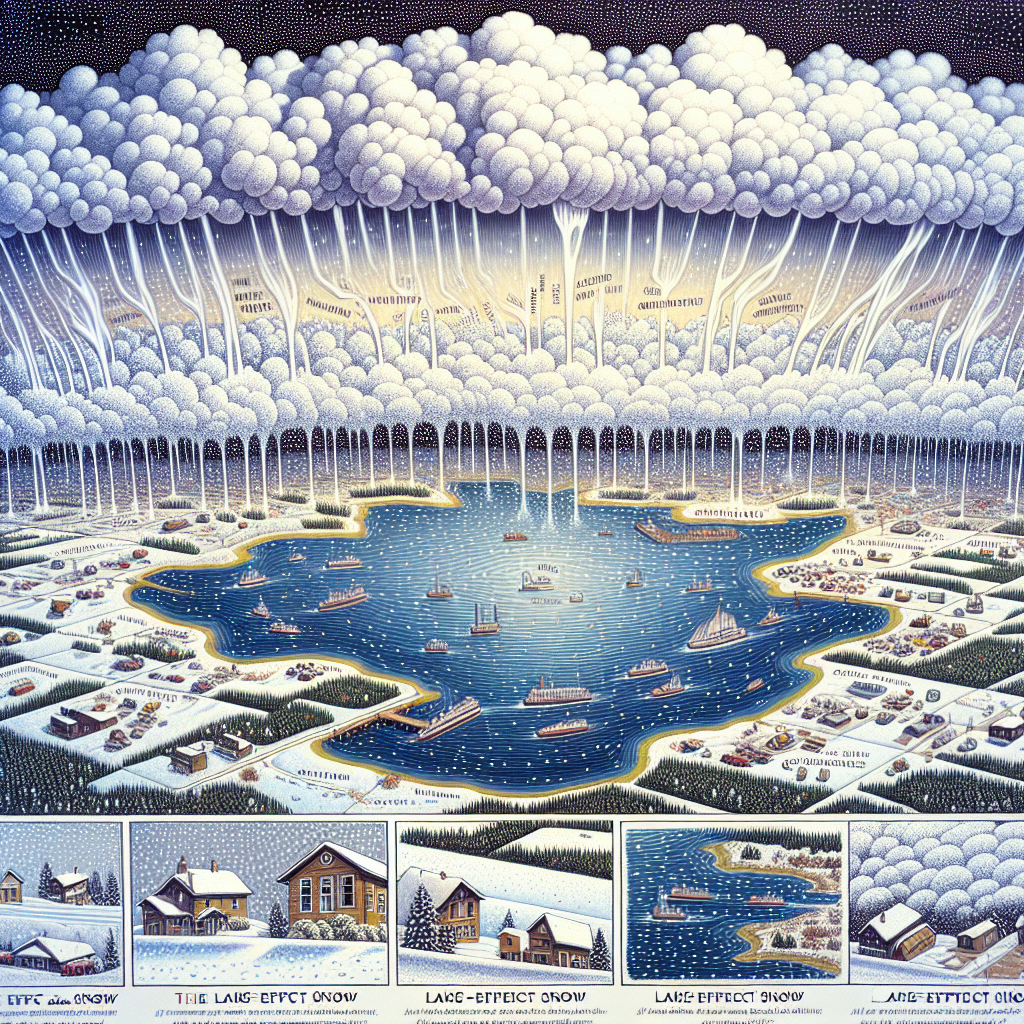Understanding Drought: Causes and Consequences
Drought is a prolonged period of abnormally low rainfall relative to the statistical multi-year average for a given region. It is a natural disaster that can have severe impacts on agriculture, water supplies, and ecosystems. Recognizing the causes and consequences of drought aids in better management and mitigation strategies.
Causes of Drought
1. Meteorological Factors
Meteorological conditions are the primary drivers of drought. Variability in weather patterns can lead to inadequate precipitation. Several factors contribute to these changes:
High-Pressure Systems: Persistent high-pressure systems can block moisture-laden winds, preventing rain. These systems can create stable, dry conditions, often leading to drought.
El Niño and La Niña: Climate phenomena such as El Niño (warming of sea surface temperatures) and La Niña (cooling of sea surface temperatures) significantly affect weather patterns worldwide. El Niño often brings wetter conditions to some areas and drier conditions to others, while La Niña frequently intensifies drought conditions in certain regions.
Climate Change: Climate change alters the hydrological cycle, increasing temperatures that can lead to reduced snowpack and earlier snowmelt, exacerbating drought conditions. Regions already vulnerable to drought may see even drier conditions as climate change progresses.
Seasonal Variability: Some regions experience inherent dry seasons. Extended dry spells, especially when occurring during critical growing periods, can escalate to severe droughts affecting local agriculture.
2. Land Use Practices
Land use significantly influences the severity and duration of drought. Practices that degrade the land can diminish its ability to retain moisture.
Deforestation: Removal of trees reduces transpiration and rainfall. Trees play a vital role in the water cycle, replenishing groundwater and maintaining local climates.
Urbanization: Increased impervious surfaces prevent water infiltration, leading to decreased groundwater recharge. Urban areas often experience heat island effects, elevating temperatures and increasing evaporation rates.
Unsustainable Agriculture: Techniques like monocropping and over-grazing deplete soil nutrients and moisture. The prevalence of irrigation-intensive crops in arid regions can exacerbate water shortages.
Soil Degradation: Erosion and compaction can reduce soil’s ability to retain water, further aggravating drought conditions.
3. Hydrological Factors
Hydrological dynamics contribute to drought conditions, particularly in contexts where water is mismanaged.
Groundwater Depletion: Over-extraction of groundwater, often due to agricultural demands, can lead to significant drops in aquifer levels. Once groundwater levels are depleted, it takes years or decades to recharge.
Reservoir Management: Poor management of surface water resources can lead to inefficient use and shortages. This is especially critical during prolonged dry spells when inflows might not match evaporation rates.
Invasive Species: Non-native plants can consume significant water resources, altering the local ecosystem and worsening drought effects through increased competition for water.
Consequences of Drought
1. Agricultural Impact
Drought has a profound impact on agriculture, leading to crop failures and economic hardships.
Crop Yield Reduction: Insufficient water availability often results in decreased agricultural productivity. Major crops such as wheat, corn, and rice can experience yield losses of up to 50% under severe drought conditions.
Livestock Health: Drought reduces pastures and water sources for livestock, resulting in poor animal health and increased mortality rates. Farmers may face tough decisions, such as culling livestock or purchasing feed at inflated prices.
Food Insecurity: The cascading effects of poor crop yields can lead to heightened food insecurity and increased prices. Vulnerable populations may be disproportionately affected.
2. Water Supply Challenges
Drought severely strains water supply systems, which affect urban and rural communities alike.
Reduced Water Availability: Lower reservoir levels and dwindling groundwater supplies limit access to freshwater for drinking, sanitation, and agricultural use. Communities may face strict water use restrictions during critical periods.
Water Quality Issues: As water levels drop, concentrations of pollutants can rise, leading to contamination and water quality deterioration. This poses health risks, especially for disadvantaged communities.
3. Economic Ramifications
The economic toll of drought extends beyond immediate agricultural losses.
Job Losses: Agricultural jobs are at risk due to crop failures and reduced production. Industries reliant on agricultural output also suffer, leading to widespread job losses.
Inflation: Reduced food supply can contribute to inflation, escalating food prices that affect consumers and economies, particularly in regions reliant on agriculture.
Investment in Infrastructure: Increased investment in drought prevention infrastructure, such as water conservation systems and drought-resistant crops, can help mitigate future risks but requires significant resources.
4. Environmental Consequences
Drought profoundly impacts ecosystems and biodiversity.
Ecosystem Stress: Flora and fauna adapted to specific water conditions can suffer or die out during prolonged dry spells. This loss of biodiversity can destabilize ecosystems, leading to further environmental degradation.
Wildfire Risks: Drought conditions increase flammability of vegetation, resulting in a heightened risk of wildfires. Wildfires can exacerbate air quality issues and result in loss of habitat and biodiversity.
Soil Erosion: Without vegetation to anchor soil, eroded land can lead to desertification, further reducing land productivity and altering local ecosystems.
5. Social Consequences
The impacts of drought on communities can lead to social unrest and population displacement.
Migration: As livelihoods are threatened by prolonged drought, communities may migrate in search of better opportunities. This can lead to urban overcrowding and increased competition for resources.
Conflict Over Resources: Scarcity of water resources can escalate tensions within and between communities, leading to conflict. Historical examples illustrate that competition for water can fuel political instability.
Conclusion
Understanding the multifaceted causes and wide-reaching consequences of drought is paramount for communities and policymakers. As climate change continues to intensify weather patterns, awareness and proactive management strategies will be essential to mitigate the impact of drought on societies globally. Enhanced agricultural practices, efficient water management, and conservation efforts can play vital roles in reducing the frequency and severity of drought impacts. Addressing these challenges comprehensively benefits not only the environment but also builds resilient communities capable of withstanding the effects of future droughts.

















